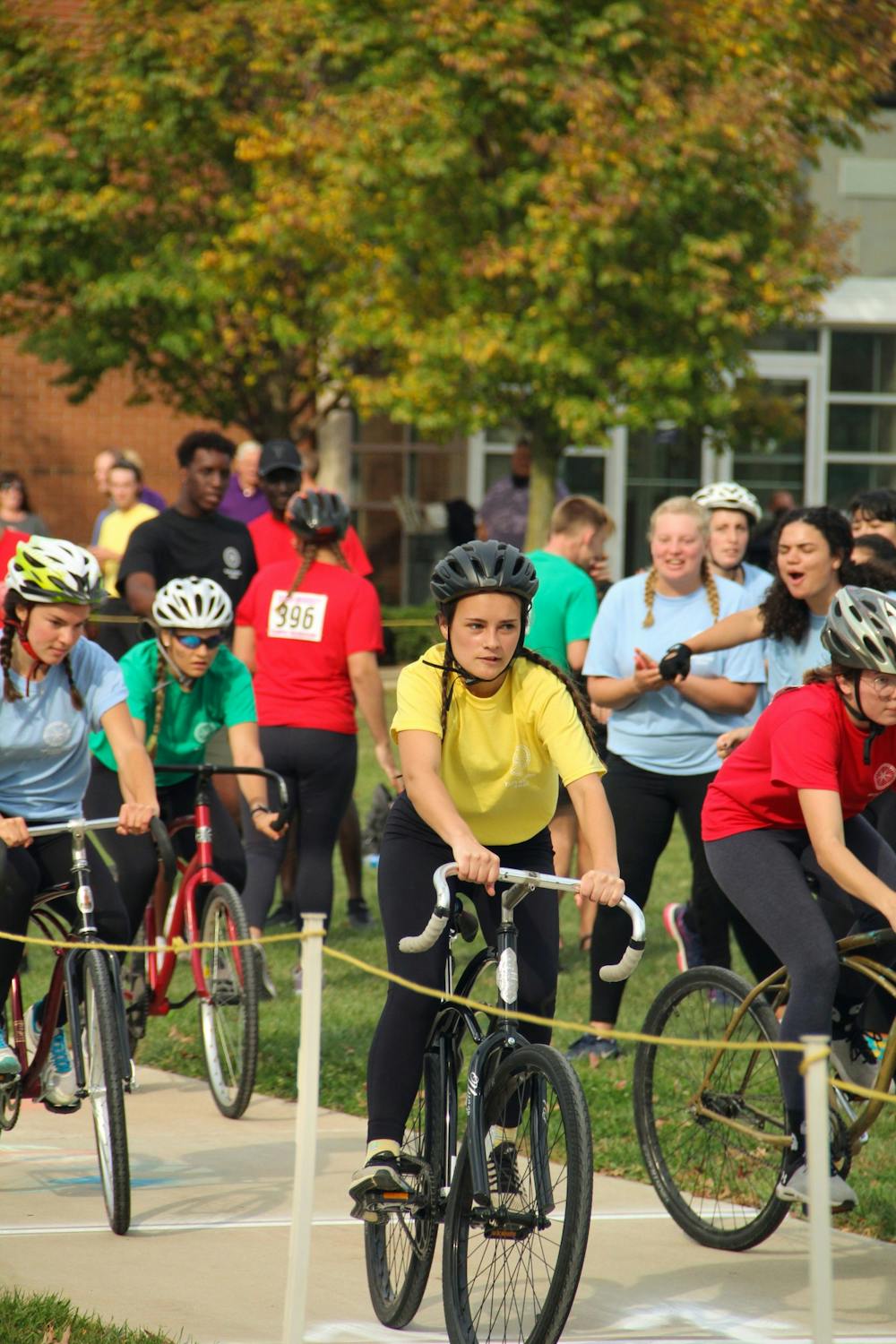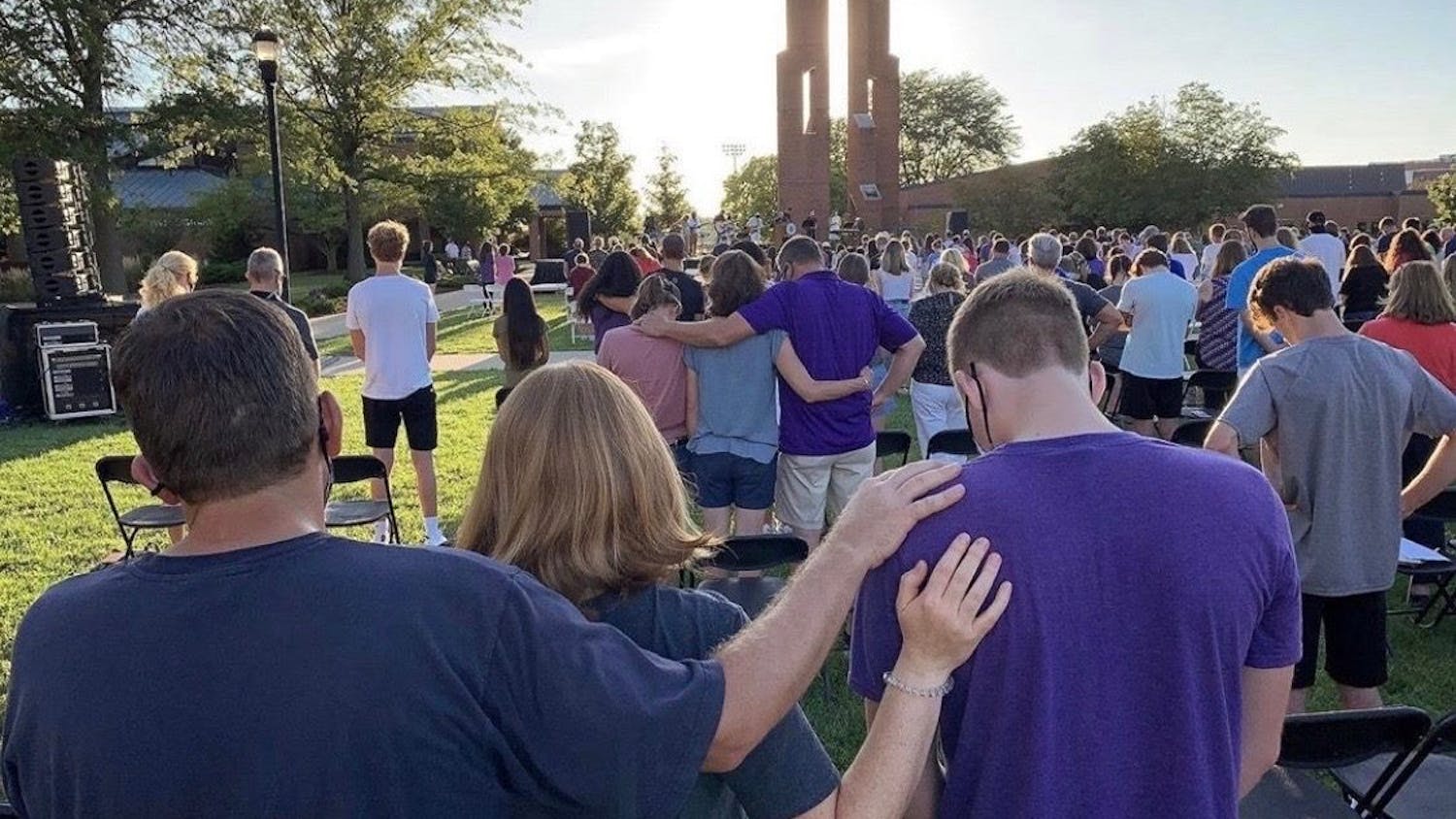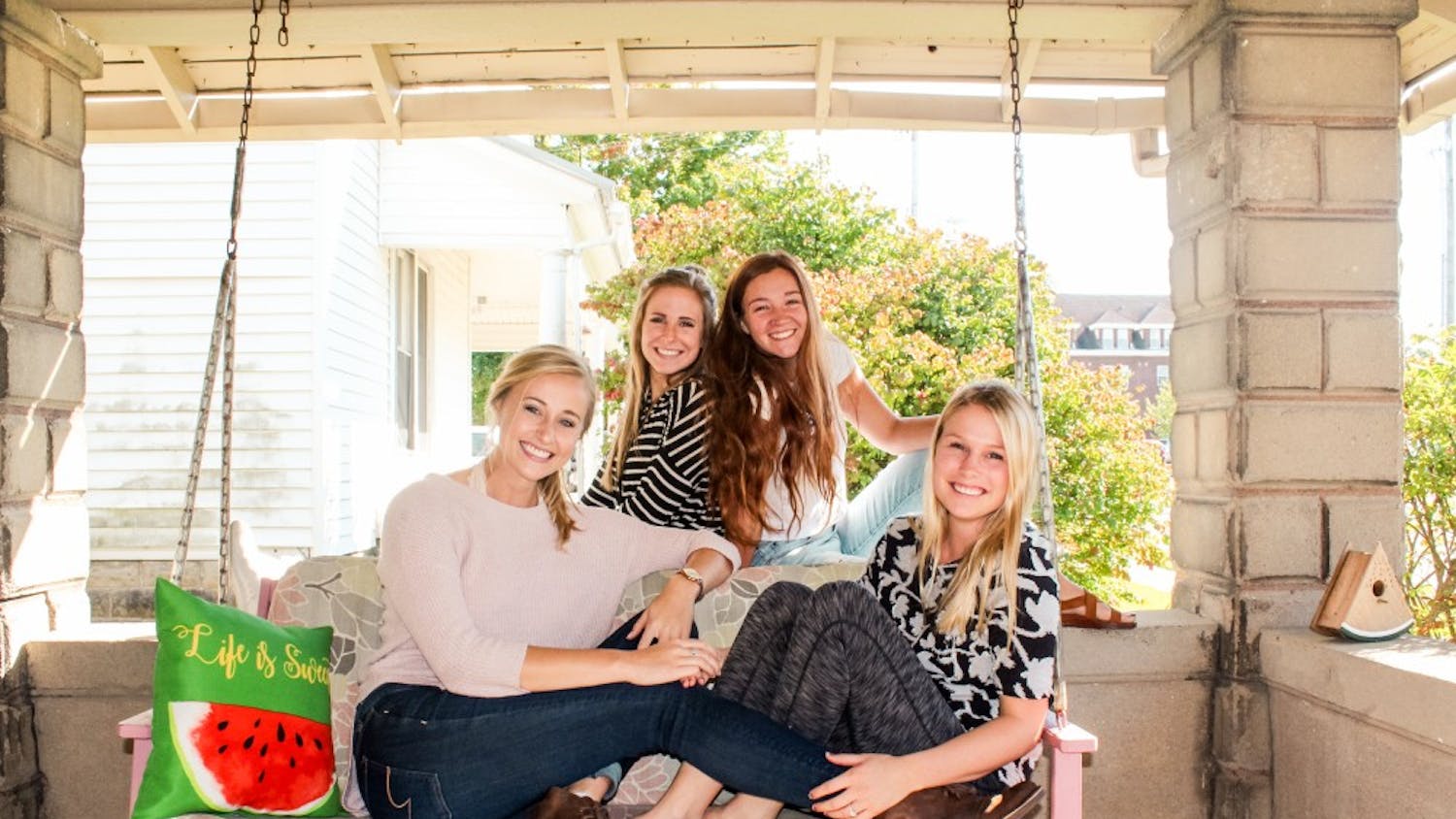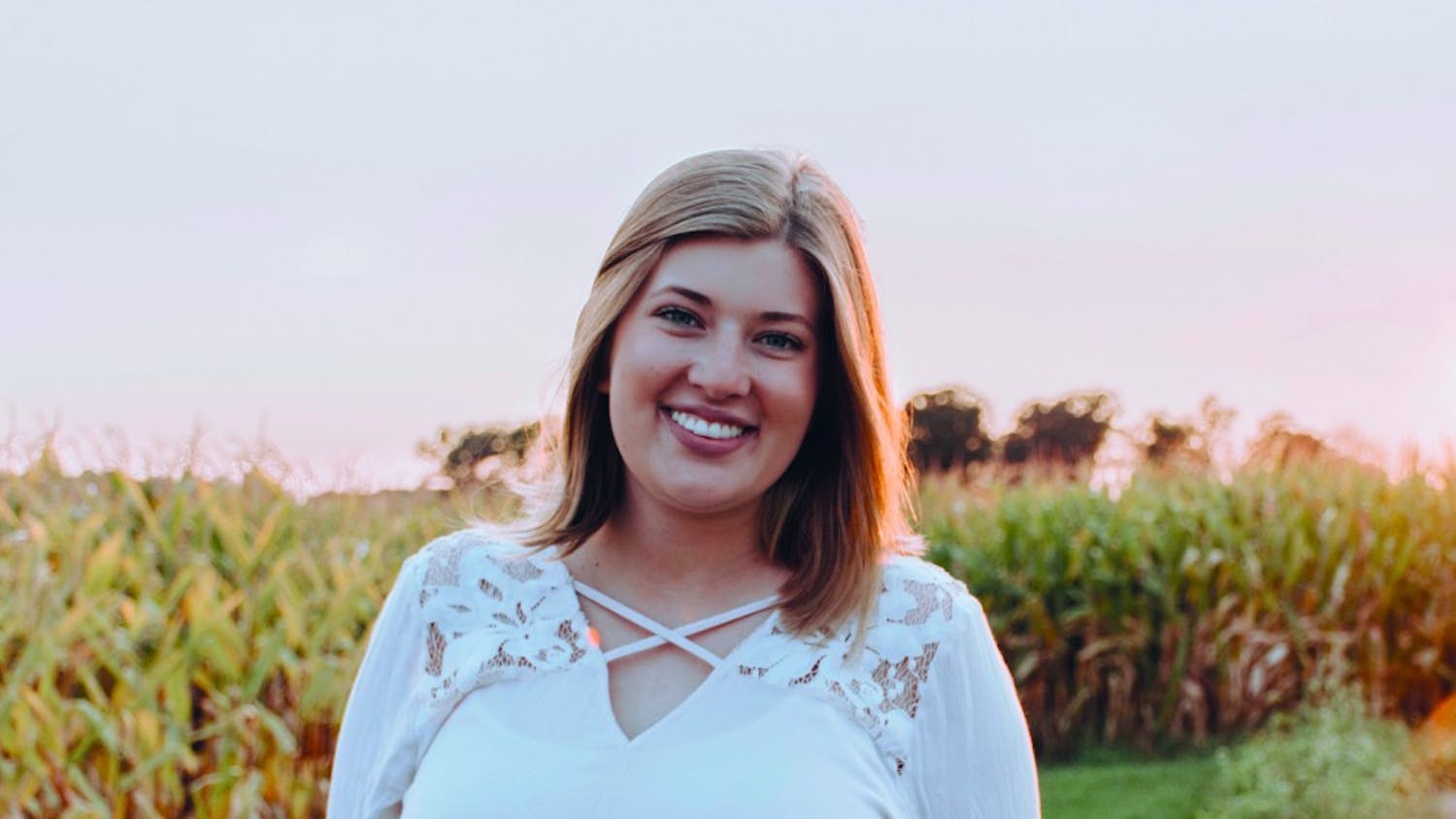Taylathon ran its annual race on Oct. 10. The race was another in a storied history dating back to the initial 1948 running.
While other parts of the Taylor community may look different due to COVID-19, much of what students have come to know and love about Taylathon remained intact in 2020.
The awkward transitions, the mechanical issues with bikes, Crash Corner and enthusiastic spectators all remained. Even Mario and Luigi made a cameo appearance as the event took on a new Mario Kart theme.
Four teams of 6-8 people from each class got ready to trek tight corners, perform nerve-wracking bike handoffs and ultimately ride for a victory.
The seniors, donning light yellow shirts, dominated both the men’s and women’s races. Their transitions were better, their laps were faster and they had the most experience.
The senior men’s team, who had won in both 2018 and 2019, raced to a comfortable multi-lap victory this year.
Senior Matt Wildman took home the fastest lap, at roughly 41 seconds, and helped build them an early lead that they managed to hold onto for nearly the entire race, outside of a slight period where the juniors took a small lead.
“I was not expecting to clock the fastest lap,” Wildman said. “The fastest lap in the past has usually gone to Ross Kimbrell. He’s a very strong rider and can crank out some unbelievable times. I won’t complain about the achievement, but winning the race is not about getting the fastest lap, but more about transitions and teamwork.”
The 52-lap race was an adventure. There were some bike problems, a couple of wipeouts and multiple penalties for crossing the transition line, or the acceptable area to switch riders.
After the senior class’s first-place finish, the juniors, sophomores and freshmen followed behind in that order.
“Winning is always fun,” Wildman said of their third-consecutive victory. “But this year was more than just a victory, our team had a reputation to uphold. I was glad to be able to celebrate a final victory with our team and the girls’ team as well.”
It was much of the same for the senior women. While they may not have gotten out to as quick of a lead as the men did, they enjoyed a comfortable win over the rest of the contending classes.
Senior Ellen Durling clocked the four fastest times in the race, and helped give fellow senior Leslie Kolb her second-consecutive finish as the last rider of the winning team. They hit lap 20 in the 48-lap event before anyone else did, and were able to keep their advantage from that point forward.
“I was the last rider last year too, and getting to do it again this year was just a lot of fun,” Kolb said. “Last year, I was really focused, and this year I just wanted to have fun and enjoy it. It was a lot of fun to get to kind of repeat that tradition.”
The senior women’s team was able to both clock the fastest laps and avoid the most mistakes. Spills and bike problems, as well as illegal and time-consuming transitions, can derail a team’s chances of victory.
Kolb said she managed to avoid any crashes or spills off her bike, but mentioned that there was a specific section on the track where she had fallen in a practice run that made her think twice every time she crossed it during the race.
Those practice runs, despite there not being much time to prepare, helped them formulate a winning strategy. Kolb said the women’s team practiced roughly four mornings and six evenings for an hour apiece. There they tried out different transition methods and floated ideas to each other.
“We tried going with a tall person, and then a short person for varying heights,” Kolb said about their order for riding. “We did it to help with transitions. I’m not 100% sure if it worked, but that’s what we tried.”
Wildman and Kolb both mentioned that there was only so much a team could prepare for, and much of it came down to their experience in racing the prior years. Wildman said that during his freshman year, they practiced nearly every day for a month, but that as the years went on, the lessons learned from the actual event helped more than practice.
The two riders expressed their gratitude to the event, with Wildman calling it his “favorite tradition at Taylor.”
However, much like other events at Taylor, Taylathon wasn’t always a guarantee with the potential problems that COVID-19 provided.
“It’s fair to say at the very beginning (of the semester) that we didn’t know how feasible anything would really be,” said senior Jacob Ferguson, ICC President. “But we had to plan for it as if we knew we could do it.”
For Ferguson, Taylathon was something that was important for him to try to do.
As soon as they got the green-light, it was about finding ways to safely have the event, while also keeping it true to what it is. The behind-the-scenes work to have a successful race had already started.
Ferguson said the ICC recruited riders at the Club Fair, had call-out meetings with team captains adding members to their teams throughout the days and weeks leading up to the event. They had to make sure everything was in place, from the ambulance to the tags riders wore on their shirts, as well as their sponsor Marion Cycle Works and the presentation of the golden wheel.
“I think Taylathon is a hidden gem, in a lot of ways,” Ferguson said. “It’s one of the longest-running traditions, and it’s one of the more unique. I was really glad we could have that sense of normality to the Taylor experience. It’s a fun two hours, but that’s the tip of the iceberg for two weeks of riders practicing together, two months of work at the ICC for planning, and about 80 years of tradition shaping and molding the event.”





